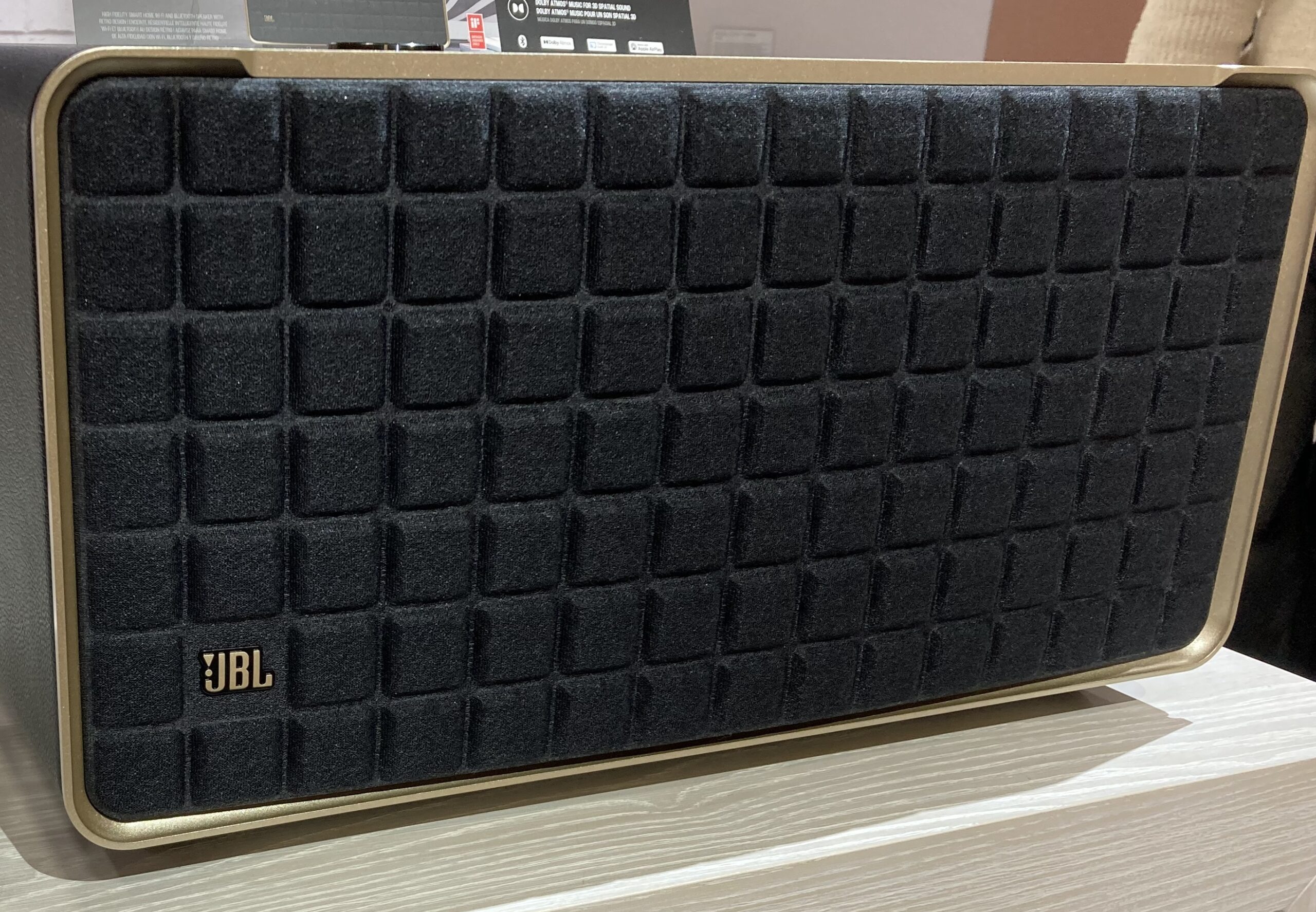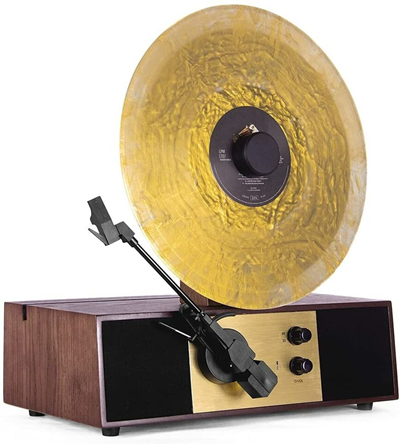CES 2024: Re-positioning the industry
Introduction
The 2024 Consumer Electronics Show (officially called CES) featured incremental changes rather than unexpected novel products. The pandemic of 2020 and 2021 had a profound effect on CES attendance and the consumer electronics industry with the scramble to provide at-home technology for work and entertainment. CES is now positioning around technology that addresses fundamental shifts in consumer expectations and preferences.
The key tag lines for 2024 products were artificial Intelligence (AI) and robotics. Every device with a clever algorithm was advertised as designed with AI. This article provides an overview of the show; the next article is my compilation of the noteworthy, unusual, and quirky exhibits with photos, descriptions, and video links.
CES is hosted by the Consumer Technology Association (CTA), a large trade association of consumer electronics companies, system developers, and integrators. CTA is also a standards-developing organization (SDO) authorized to write American National Standards (ANSI standards) for audio, video, and home systems. The White House asked the National Institute of Standards and Technology (NIST, part of the US Department of Commerce) and CTA to develop a standard that specifies a base level of cybersecurity protection for consumer electronics. Products offering this protection will be labeled with a new Cyber Trust Mark, to be administered by the US Federal Communications Commission (FCC). Products labeled with this mark are slated for rollout in 2025.
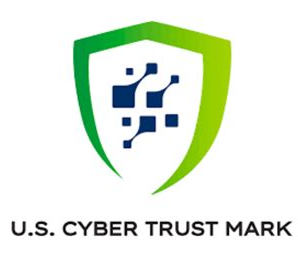
CES exhibits
CES opened January 9, 2024 in the Las Vegas Convention Center (LVCC), which now includes a new west hall. This expanded space featured technology for automobiles, including electric vehicles, and farm equipment. Exhibits were also hosted at the Venetian Expo and Convention Center about three miles from the LVCC.
The largest audio/video exhibits at CES continue to be Samsung, Sony, and LG. LG has the sweet spot at the show near the entrance to the LVCC Central Hall with about half an acre of floor space. The LG booth entrance is usually a showstopper because of an enormous display. The 2020 exhibit featured a 100-foot canopy formed by a matrix of 55-inch OLED LG TVs mounted 15 feet above the booth entrance. A huge video played across these TVs.
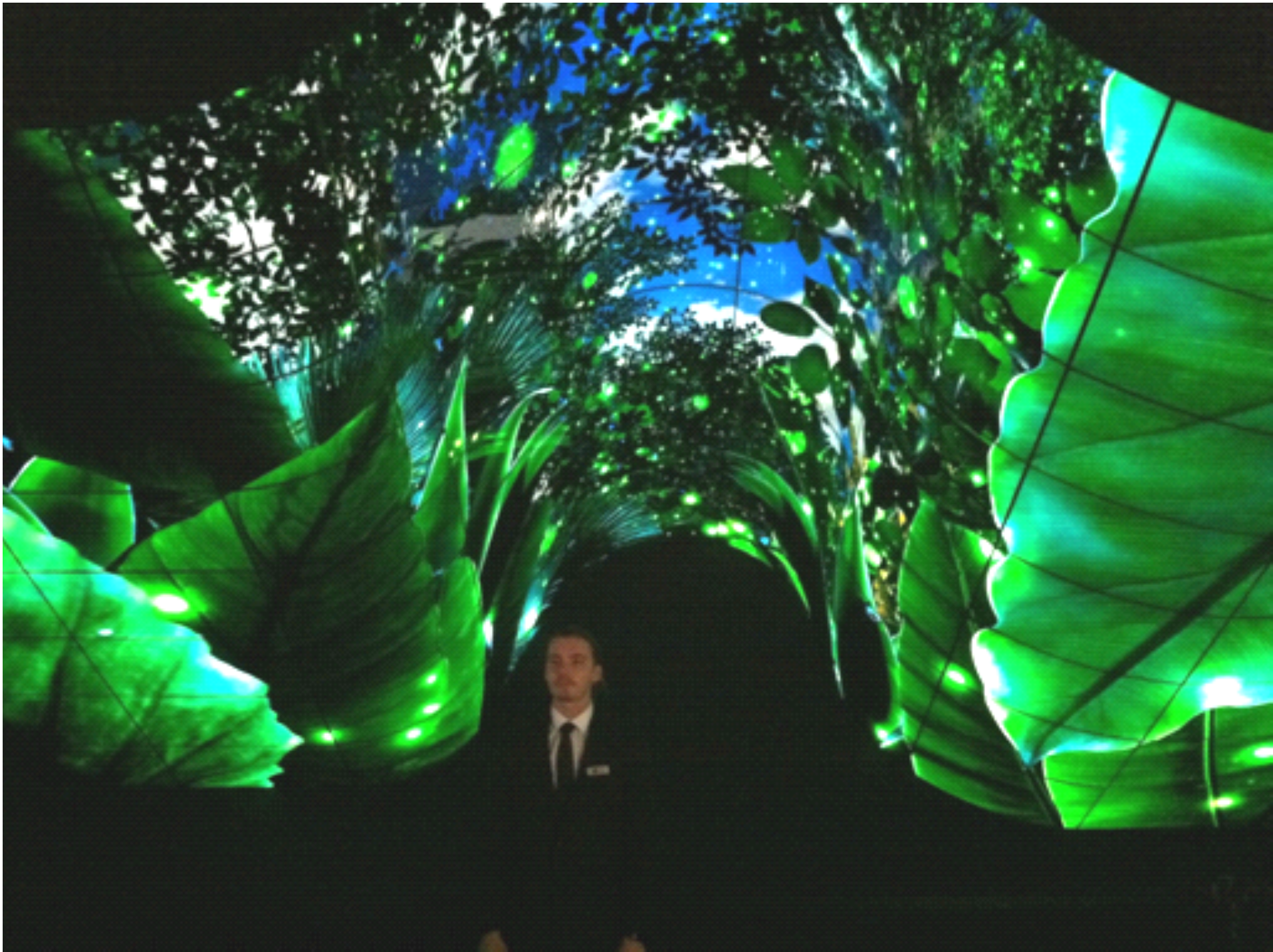
LG Exhibit Entrance at CES 2020
A curved array of 280 55-inch LG TVs formed the entrance to the LG exhibit at CES 2023. (CES 2021 was virtual; I did not attend CES 2022 because of the pandemic.)
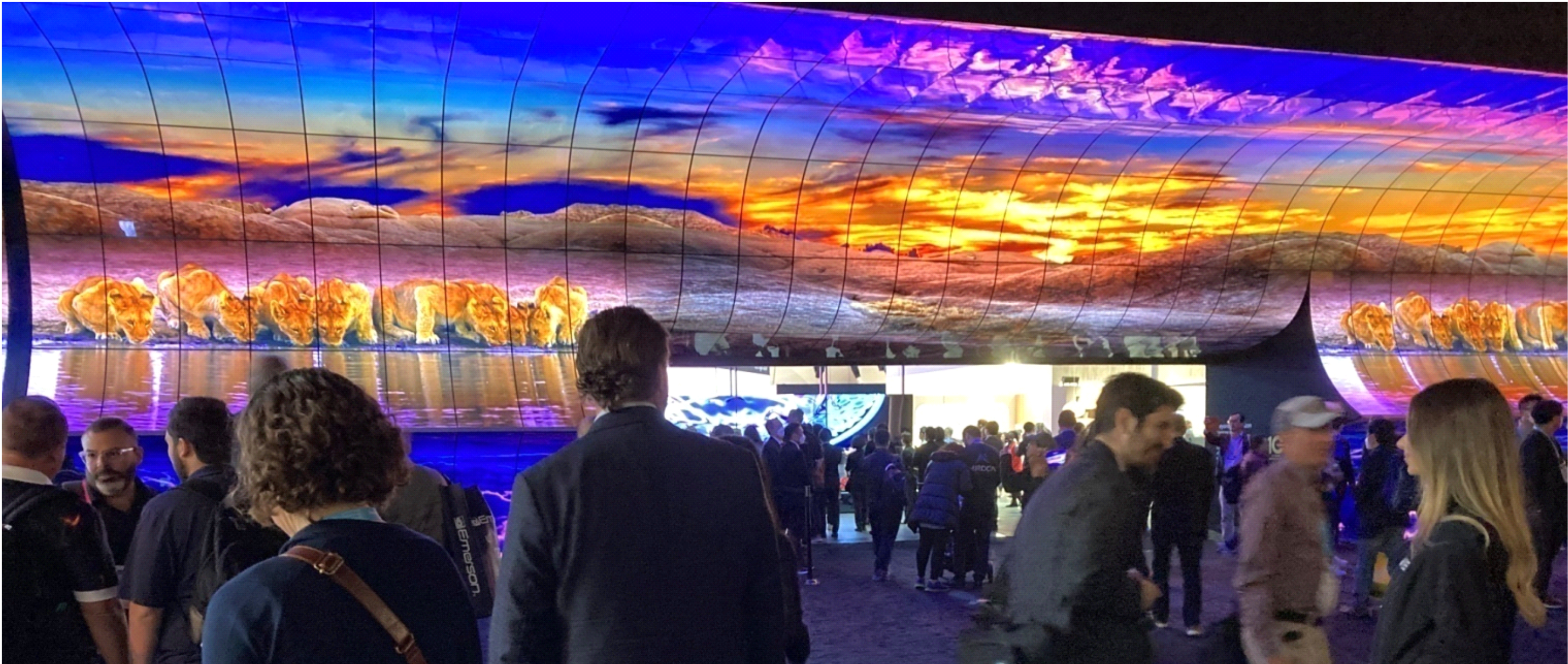
LG Exhibit Entrance at CES 2023
This year LG introduced a TV screen that can morph from opaque to transparent.
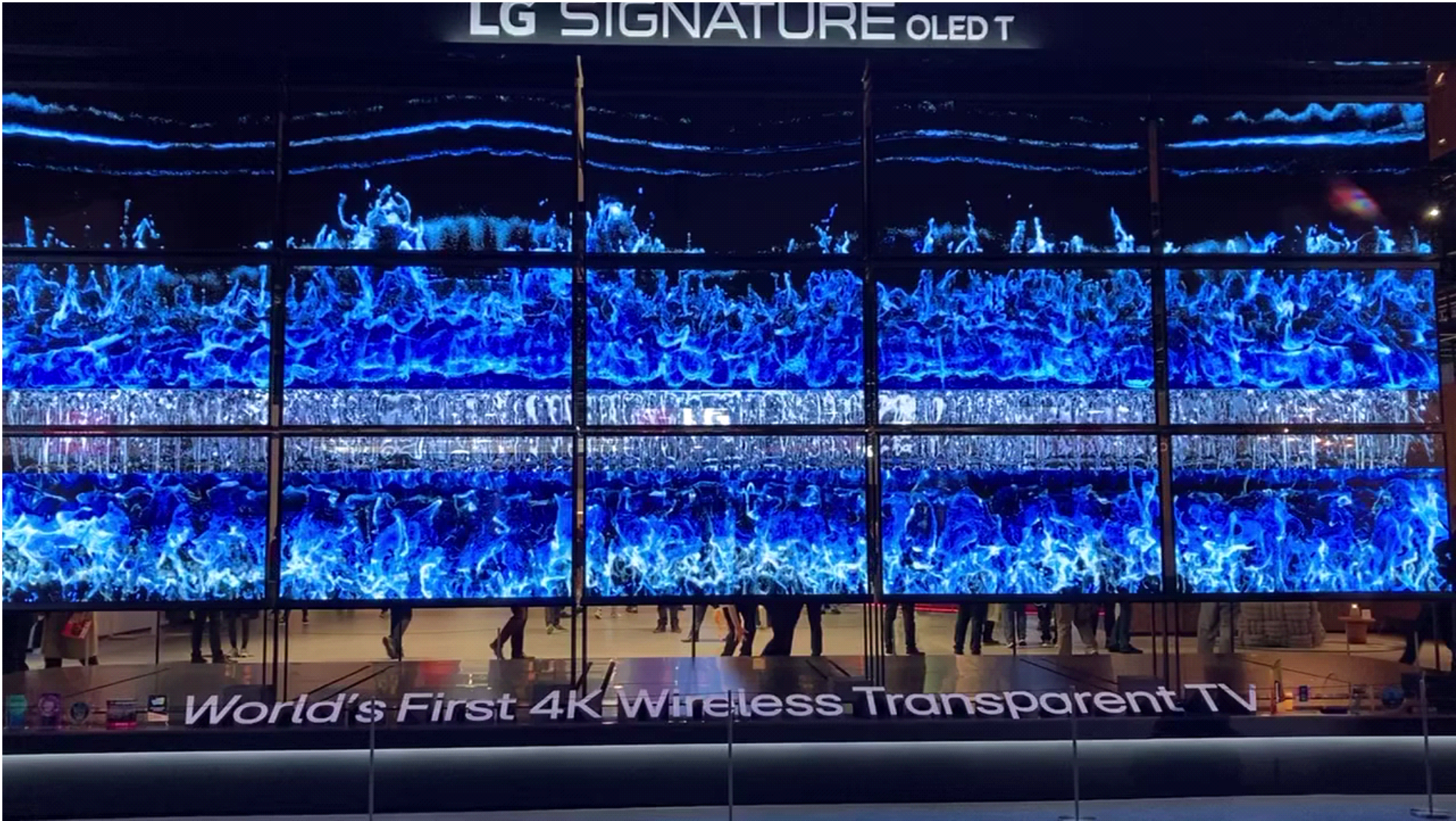
LG TVs in Opaque Mode
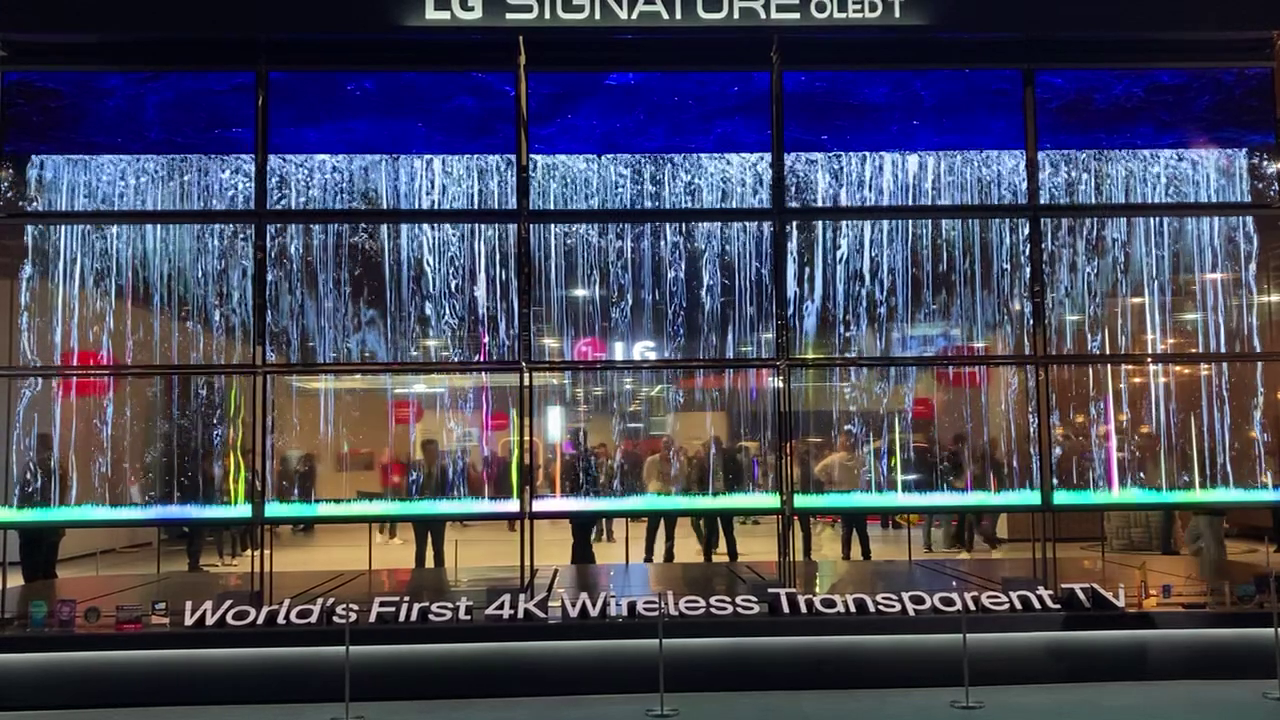
LG TVs Becoming Transparent
LG Exhibit Entrance at CES 2024
CES attendance and exhibitors
CTA reported that 138,700 attended CES 2024 in person, compared to the peak of 180,000 in January 2020, pre-pandemic. The following table lists the 55 categories of CES exhibits as defined by CTA:
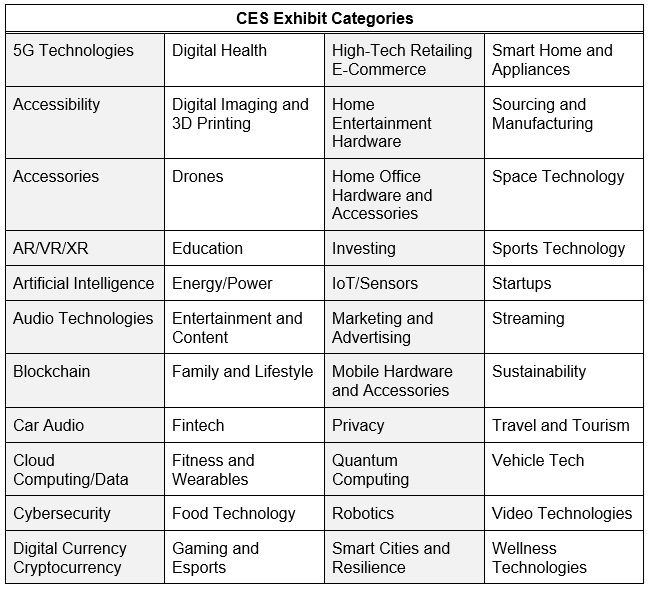
Among these categories the key trends were led by AI. Audio and video, the mainstays of traditional CE, were still present. However, rather than focusing on audiophile quality, the emphasis was on signal processing, noise management, and clarity for those with hearing impairments. Video displays are still getting larger with the introduction of micro-LED displays covering walls and direct-view LCD TVs approaching 100-inch diagonally measured screens. These enormous LCD TVs are competing with ultra-short-throw projectors containing laser engines, now marketed as Laser TVs.
A century of consumer electronics
CTA is the current name of the trade association that adapted to the evolution of the consumer electronics industry starting in 1924 with the introduction of commercial radio receivers. In 1919 General Electric and Westinghouse acquired the assets of the American Marconi wireless company and formed the Radio Corporation of America (RCA).

RCA – Maker of the First Commercial Radio Set
CTA originated from the formation of the Radio Manufacturers Association (RMA) in 1924, five years after RCA introduced the first commercial radio set. RMA helped develop radio and TV standards and shape the Radio Act, the predecessor of the FCC, which was established in 1934. In 1950 RMA became the Radio-Television Manufacturers Association (RTMA) as TV stations and TV sets proliferated after World War II. Electronics were added to the scope of RTMA in 1953 when the name was changed to the Radio-Electronics-Television Manufacturers Association (RETMA).
The introduction of the Electronics Industry Association (EIA) name in 1957 created a branding that was stable for almost 40 years. The EIA launched CES in 1967 at two New York City hotels, the Hilton and Americana, so retailers could preview products for the upcoming season.
In 1995 the EIA became the Consumer Electronics Manufacturers Association (CEMA), with a slight change to the Consumer Electronics Association (CEA) four years later. In 2002 CEA merged with the Home Automation & Networking Association. CEA was renamed the Consumer Technology Association (CTA) in 2015 “reflecting the reality that ‘every company is a tech company,’” as explained by the CTA.

Trade Association Evolution
CES 2024 prominently highlighted this century milestone with a historical exhibit in the corridor linking the LVCC West and North Halls plus a gigantic array of monitors in the lobby of the LVCC West Hall congratulating CTA for a century of innovation.
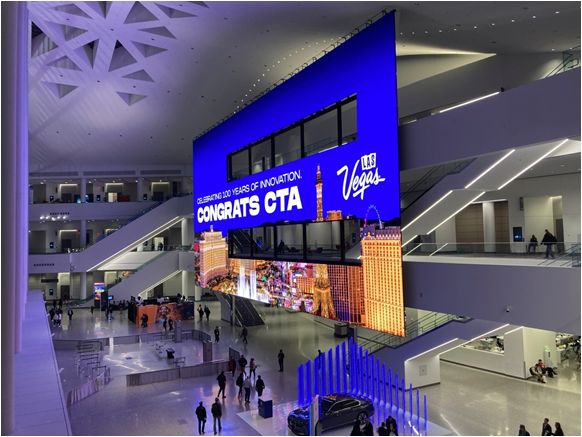
Consumer Electronics Enter the Second Century
Highlights from CES 2024
The next article is my perspective on CES 2024. I studied the list of exhibits a month before the show opened to find the unusual among the incremental improvements. Then I dealt with the logistics of how to cover the sprawling show. Of course, there were also the serendipitous discoveries of the unexpected and novel. Come join me in the next article on a virtual tour of CES highlights.
Scattered among the new were older technologies and brands that bought exhibit space. The following photos may jog your memory for nostalgia about technologies decades old. Since CES is not a museum, these companies are presumably making money by selling nostalgia to a new generation of consumers who evidently think analog, vinyl, and brands like Kodak are hip.
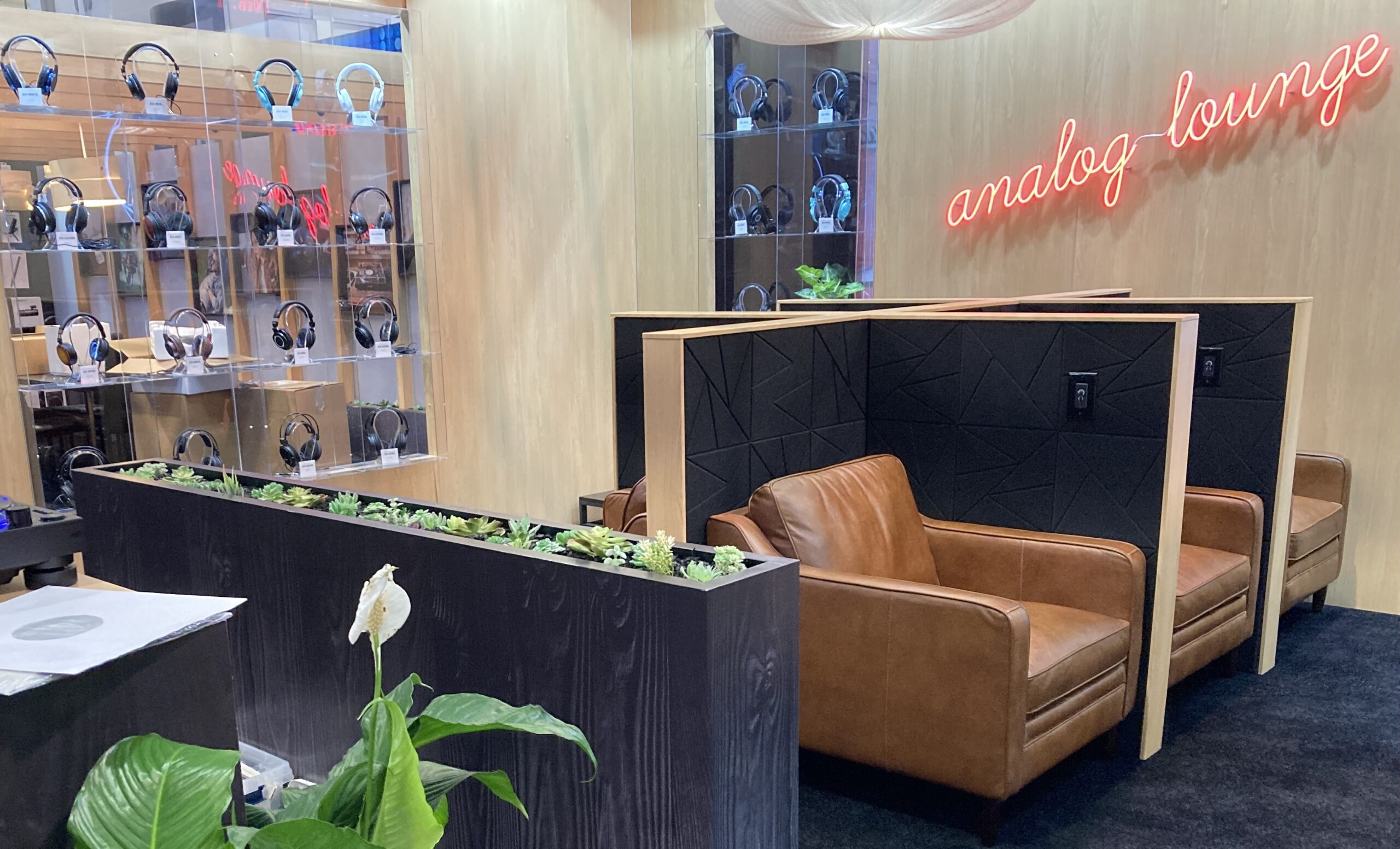
Audio Technica “analog lounge”
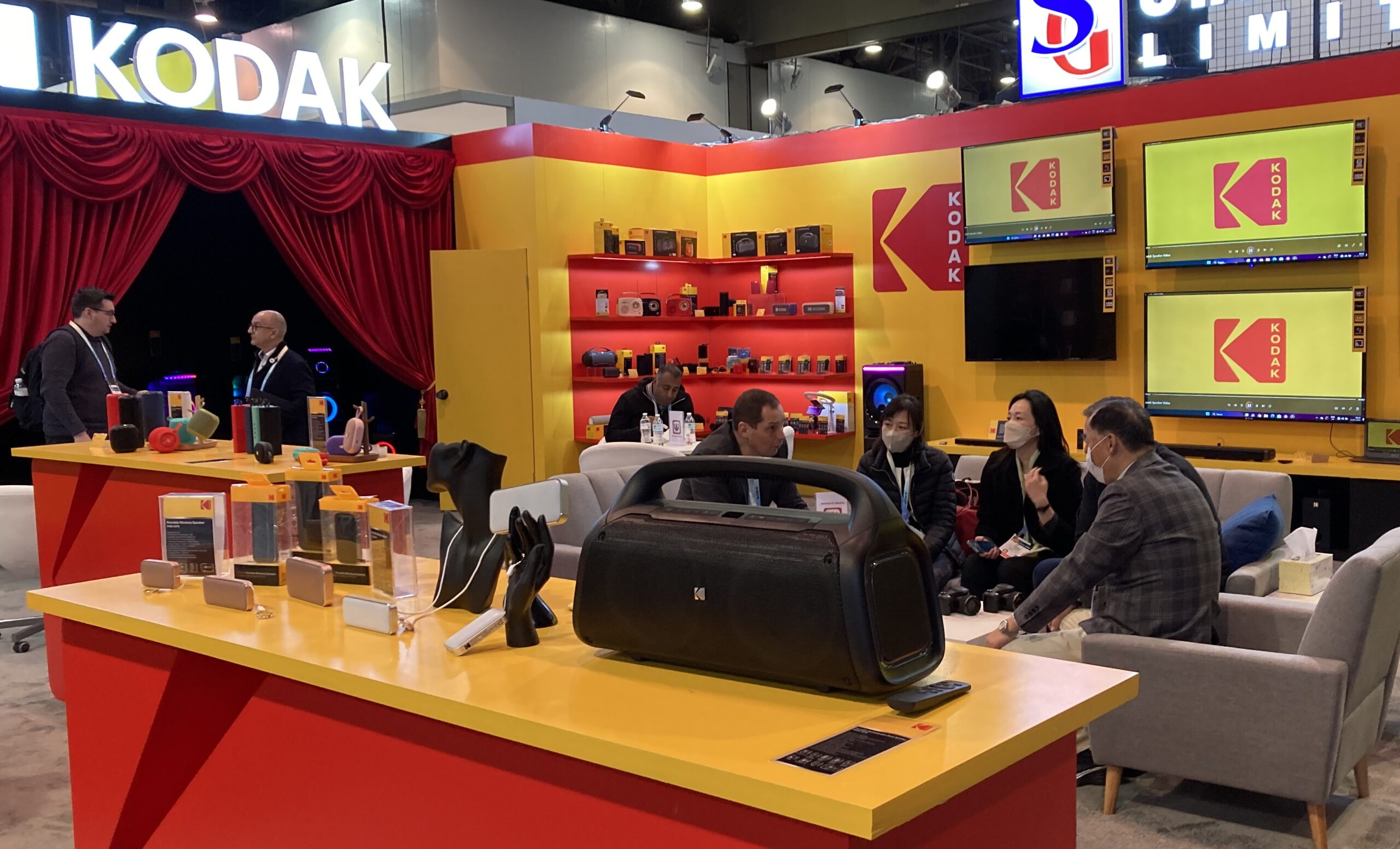
Selling the Kodak Brand
© Copyright 2024 Kenneth P. Wacks

Dr. Ken Wacks has been a pioneer in establishing the home systems industry and a management advisor to clients worldwide. His business specialties include IoT (Internet of Things), cybersecurity, standards for home and building systems, AI-based energy management including renewables, and digital media networks. He also provides due-diligence for investors and expert witness services for litigants including patent, employment non-compete, and trade-secret cases. Please visit kenwacks.com or contact Ken at +1 781 662-6211; kenn@alum.mit.edu; www.kenwacks.com


